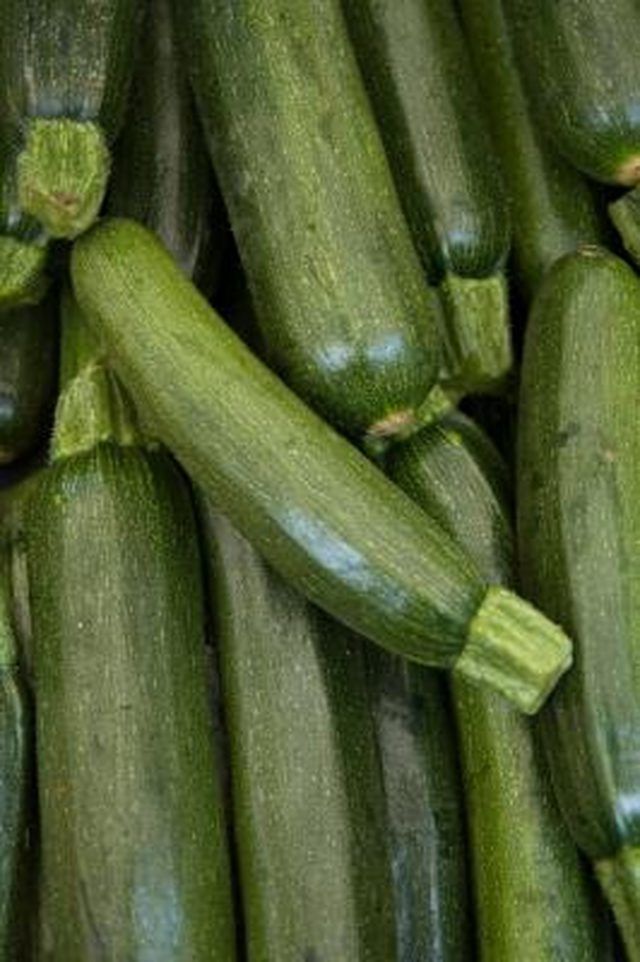Bulbs
Flower Basics
Flower Beds & Specialty Gardens
Flower Garden
Garden Furniture
Garden Gnomes
Garden Seeds
Garden Sheds
Garden Statues
Garden Tools & Supplies
Gardening Basics
Green & Organic
Groundcovers & Vines
Growing Annuals
Growing Basil
Growing Beans
Growing Berries
Growing Blueberries
Growing Cactus
Growing Corn
Growing Cotton
Growing Edibles
Growing Flowers
Growing Garlic
Growing Grapes
Growing Grass
Growing Herbs
Growing Jasmine
Growing Mint
Growing Mushrooms
Orchids
Growing Peanuts
Growing Perennials
Growing Plants
Growing Rosemary
Growing Roses
Growing Strawberries
Growing Sunflowers
Growing Thyme
Growing Tomatoes
Growing Tulips
Growing Vegetables
Herb Basics
Herb Garden
Indoor Growing
Landscaping Basics
Landscaping Patios
Landscaping Plants
Landscaping Shrubs
Landscaping Trees
Landscaping Walks & Pathways
Lawn Basics
Lawn Maintenance
Lawn Mowers
Lawn Ornaments
Lawn Planting
Lawn Tools
Outdoor Growing
Overall Landscape Planning
Pests, Weeds & Problems
Plant Basics
Rock Garden
Rose Garden
Shrubs
Soil
Specialty Gardens
Trees
Vegetable Garden
Yard Maintenance
Why Are My Squash Plants Blooming But Not Producing?
Why Are My Squash Plants Blooming But Not Producing?. Squash is one of the oldest domesticated crops. It grows from vines that trail along the ground, with plants producing both male and female flowers. Pollination, either by insects or humans, is necessary to produce fruit. Without pollination, flowers simply drop and die.

Squash is one of the oldest domesticated crops. It grows from vines that trail along the ground, with plants producing both male and female flowers. Pollination, either by insects or humans, is necessary to produce fruit. Without pollination, flowers simply drop and die.
Flower Characteristics
Flowers of plants in the Cucurbita genus are trumpet-shaped and generally yellow in color. Females, which are borne singly, have tiny squashes, or ovaries, at their bases. Male flowers, which outnumber females, are borne in clusters. If fruit set is not happening, pollination is probably not taking place.
Aiding Pollination
Help the pollination process by growing plants near other flowering species that attract insects, especially bees. Avoid spraying or dusting with pesticides in the morning and early afternoon when pollinators are most active. If necessary, hand pollinate with a cotton swab or small paintbrush.
Other Causes
Though lack of pollination is the most likely reason for a lack of fruit, tiny parasitic worms called nematodes may be the problem. To find out, check roots for galls, which are small, rounded growths. Nematodes can be treated with specific pesticides or by installing new plants in different garden areas.